


Books in series

Acts
A Handbook on the Greek Text
2003

I, II, III John
A Handbook on the Greek Text
2004

Luke
A Handbook on the Greek Text
2010

1 Peter
A Handbook on the Greek Text
2010

2 Peter and Jude
A Handbook on the Greek Text
2011
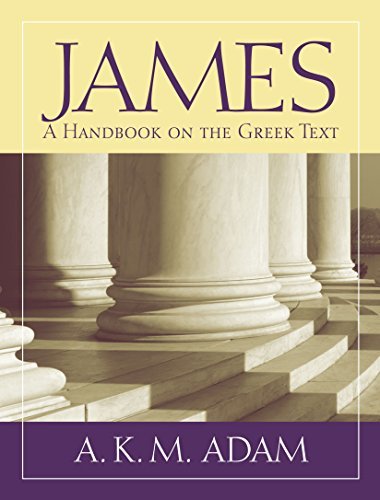
James
A Handbook on the Greek Text
2015

Colossians and Philemon
A Handbook on the Greek Text
2013

Galatians
A Handbook on the Greek Text
2014

Mark 1-8
A Handbook on the Greek Text
2014

Mark 9-16
A Handbook on the Greek Text
2015

2 Corinthians
A Handbook on the Greek Text
2015
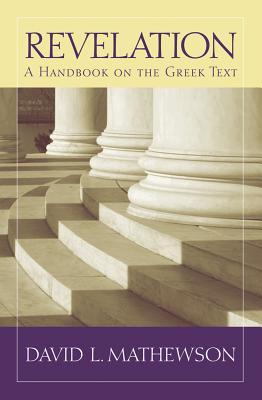
Revelation
A Handbook on the Greek Text
2016

1 Corinthians 1-9
A Handbook on the Greek Text
2016
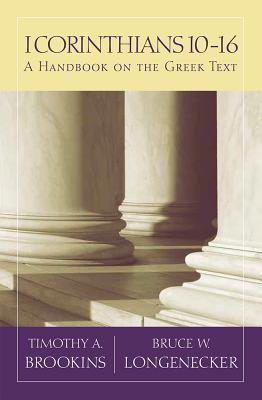
1 Corinthians 10-16
A Handbook on the Greek Text
2016
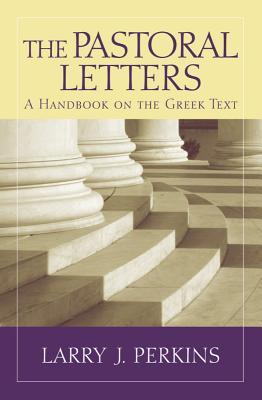
The Pastoral Letters
A Handbook on the Greek Text
2017
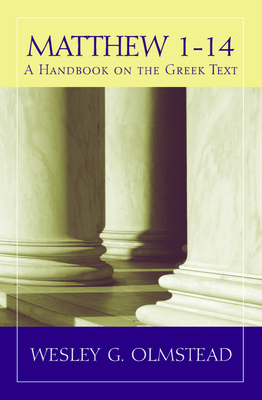
Matthew 1–14
A Handbook on the Greek Text
2019
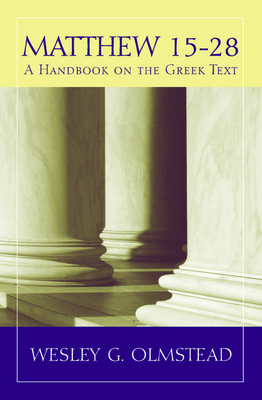
Matthew 15–28
A Handbook on the Greek Text
2019
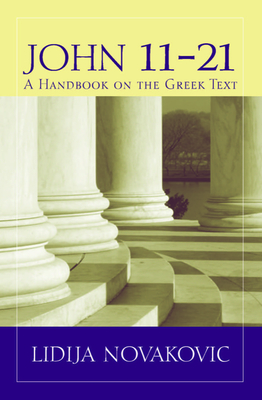
John 11-21
A Handbook on the Greek New Testament
2020
Authors



Dr. Longenecker specializes in the origins of Christianity, including the following emphases: Early Christianity in its Greco-Roman context; Jesus-devotion in the Vesuvian towns (Pompeii and Herculaneum); the life and theology of Paul; care for the needy among Christian communities of the Greco-Roman world. Dr. Longenecker joined the Baylor faculty in August 2009, having taught previously at St Andrews University (Scotland, 1999-2009), Cambridge University (England, 1995-1999) and Durham University (England, 1991-1995).
- Ph.D. in Theology; University of Durham, England (1986-90).
- M.Rel. in New Testament Studies;Wycliffe College and the University of Toronto, Toronto, Canada (1983-86)
- B.A. in Biblical and Religious Studies; Wheaton College, Illinois, U.S.A. (1979-83)

